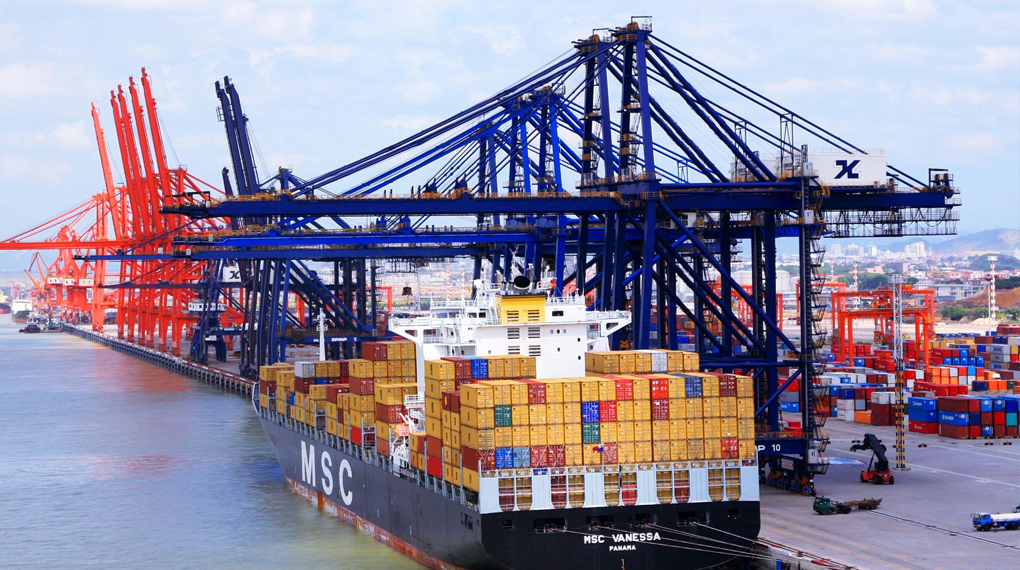
Commercial Blast Chiller – Your important assistant for maintaining quality and freshness
Commercial blast chillers are professional low-temperature refrigeration equipment designed for commercial scenarios such as catering, food processing, retail, and cold chain logistics. Their core function is to achieve efficient freezing and long-term stable storage of food ingredients through rapid cooling (typically lowering the core temperature of food to below -18°C within a few hours, with some equipment capable of reaching -30°C to -40°C).
Core Use: Rapidly Freeze Ingredients to Lock in Original Quality
This is the most fundamental and critical use of commercial freezers. Ordinary refrigeration or household freezer units freeze food slowly, causing the formation of large ice crystals inside the food, which damages cell structures—after thawing, this leads to easy moisture loss (e.g., meat becoming tough, fruits and vegetables turning soft), nutrient loss (e.g., loss of vitamins), and flavor deterioration. Commercial freezers, however, solve this problem with their “rapid cooling” feature:
Principle: Equipped with high-power compressors, high-efficiency evaporators, and specialized airflow designs, they quickly lower the core temperature of food below the freezing point. This causes the moisture inside the ingredients to form tiny ice crystals, maximizing the preservation of cell integrity.
Key Use: Extend Food Shelf Life and Reduce Commercial Waste
In business scenarios, the procurement and production of food ingredients are often “in bulk”. If they cannot be stored for a long time, they are prone to spoilage, resulting in cost waste. Commercial blast chiller, through a stable low-temperature environment, inhibit the reproduction of microorganisms and the activity of enzymes from the root, significantly extending the shelf life of food. It is mainly applicable to the catering industry, food processing industry and retail industry.
Supporting Use: Adapt to Standardized Production and Supply Chain Management
Commercial ultra-low freezers are “infrastructure” for large-scale, standardized commercial operations. For chain brands and food enterprises in particular, their uses lie in “unifying quality and simplifying processes”.
tandardized Quality Control: Catering chains (e.g., hot pot, pre-prepared meal brands) use commercial freezers of uniform specifications to ensure consistent freezing parameters (temperature, time) across all stores/factories, avoiding taste and quality inconsistencies caused by freezing differences.
Supply Chain Adaptation: Frozen ingredients can seamlessly integrate with cold chain logistics (e.g., refrigerated trucks, low-temperature warehouses), enabling end-to-end low-temperature coverage for the “production-freezing-transportation-sales” chain. For instance, coastal aquatic processing plants can quickly freeze fresh fish and transport them to inland cities via cold chains, replacing high-cost “live transportation”.
Alleviating Operational Pressure: For businesses with significant peak demand fluctuations (e.g., restaurants, hot pot eateries during holidays), ingredients can be pre-frozen and stored to prevent “temporary stockouts” or “spoilage from over-purchasing”, enhancing operational flexibility.

The core value of commercial freezers lies in “using efficient low-temperature technology to protect food quality, extend shelf life, and support large-scale commercial operations.” They are indispensable equipment in industries such as catering, food processing, and retail—solving the core problem of “preserving ingredient freshness” while reducing commercial waste, improving supply chain efficiency, and ultimately helping businesses control costs and stabilize product quality.
Keywords:
blast chillers
